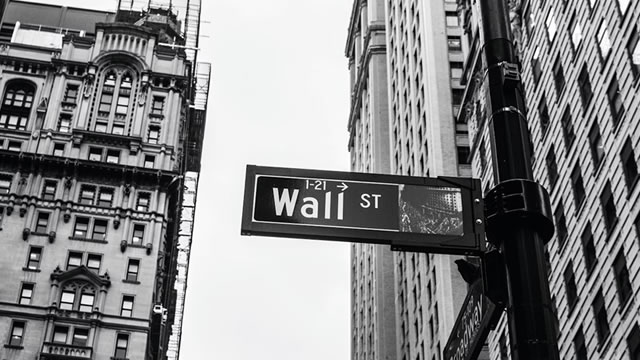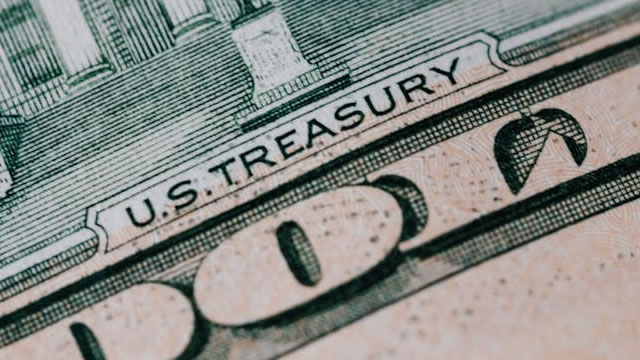Tariff Troubles: A Retail Rumble Between Walmart and Amazon
In the bustling world of retail, two giants – Walmart and Amazon – continue to dominate the landscape. However, their paths to success are not without obstacles. One such challenge looms large: tariffs. Retail analyst Sucharita Kodali, from Forrester Research, delves into the intricacies of this issue, shedding light on the distinct exposures of Walmart and Amazon.
Walmart’s Tariff Trials
With over 10,500 stores across 27 countries, Walmart is a global powerhouse. A significant portion of its merchandise comes from overseas, making it highly susceptible to tariffs. According to Kodali, “Walmart’s extensive global footprint means that a large portion of its inventory is imported. The company imports goods from China, Mexico, and other countries, making it particularly vulnerable to tariffs.”
Amazon’s Agile Approach
Amazon, on the other hand, has a more diversified supply chain. While it does import a substantial amount of goods, it also relies heavily on third-party sellers. Kodali explains, “Amazon’s marketplace model allows it to mitigate some of the risks associated with tariffs. Since third-party sellers source their inventory from various places, Amazon can still offer a wide selection of products even if tariffs raise the cost of goods from certain suppliers.”
The Personal Impact
As consumers, we might not feel the direct impact of tariffs on our wallets right away. However, they can lead to higher prices for goods in the long run. According to a report by the National Retail Federation, “U.S. consumers could pay an additional $1,000 a year in higher prices if all imports from China were hit with a 25% tariff.”
A Global Ripple Effect
The effects of tariffs are not limited to the U.S. or even the retail sector. They can have far-reaching consequences. For instance, higher tariffs could lead to job losses in countries that export to the U.S. A study by the Peterson Institute for International Economics suggests that “if the U.S. imposed a 25% tariff on all Chinese imports, it could result in the loss of 1.8 million jobs in the U.S. and 2.4 million jobs in China.”
The Tech Tie-In
Tariffs can also impact the tech industry. Many tech components are manufactured overseas, and tariffs can increase their cost. This, in turn, can lead to higher prices for tech products. Kodali notes, “Tariffs on tech components could increase the cost of manufacturing electronics, leading to higher prices for consumers.”
The Conclusion
Tariffs are a complex issue with far-reaching consequences. While Walmart and Amazon face distinct challenges, the effects of tariffs are not limited to the retail sector. They can impact consumers, workers, and entire economies. As the global trade landscape continues to evolve, it’s essential to stay informed about these developments and their potential impact on our daily lives.
- Walmart’s extensive global footprint makes it highly susceptible to tariffs.
- Amazon’s marketplace model allows it to mitigate some of the risks associated with tariffs.
- U.S. consumers could pay an additional $1,000 a year in higher prices if all imports from China were hit with a 25% tariff.
- Higher tariffs could lead to job losses in the U.S. and China.
- Tariffs on tech components could increase the cost of manufacturing electronics, leading to higher prices for consumers.





